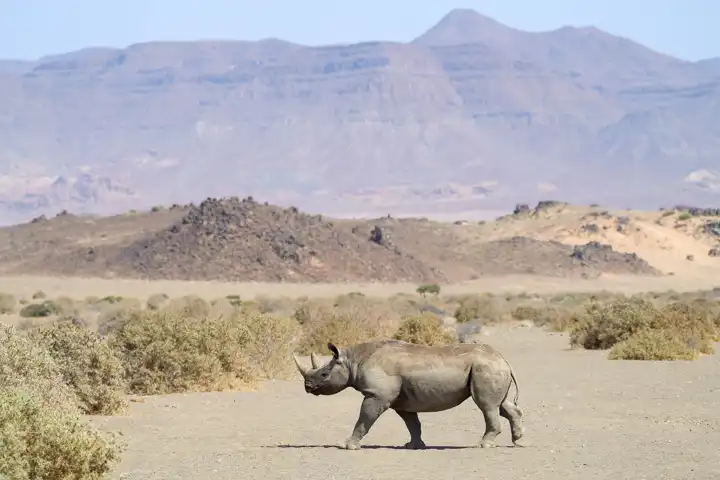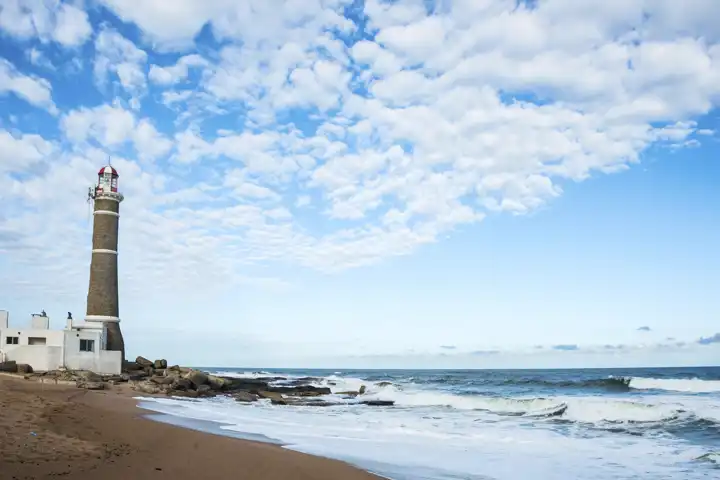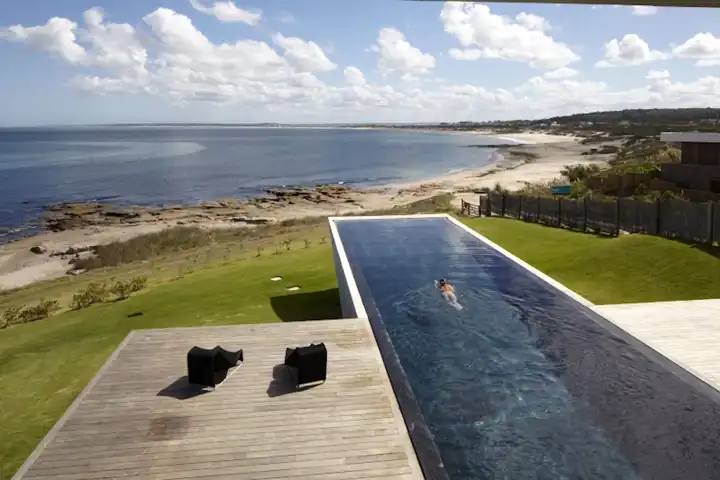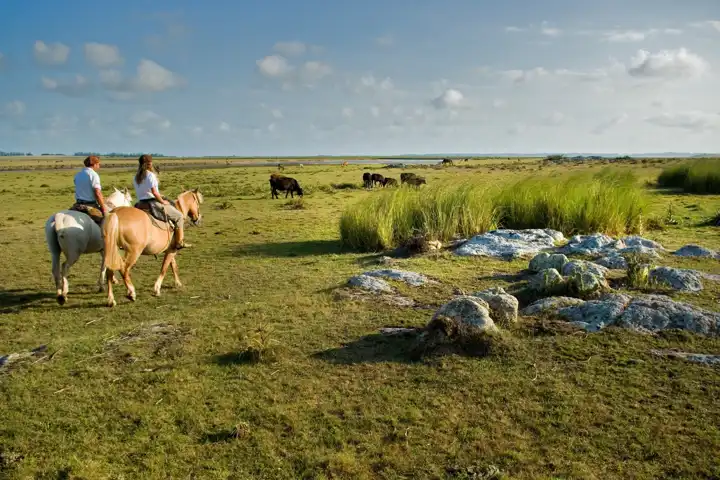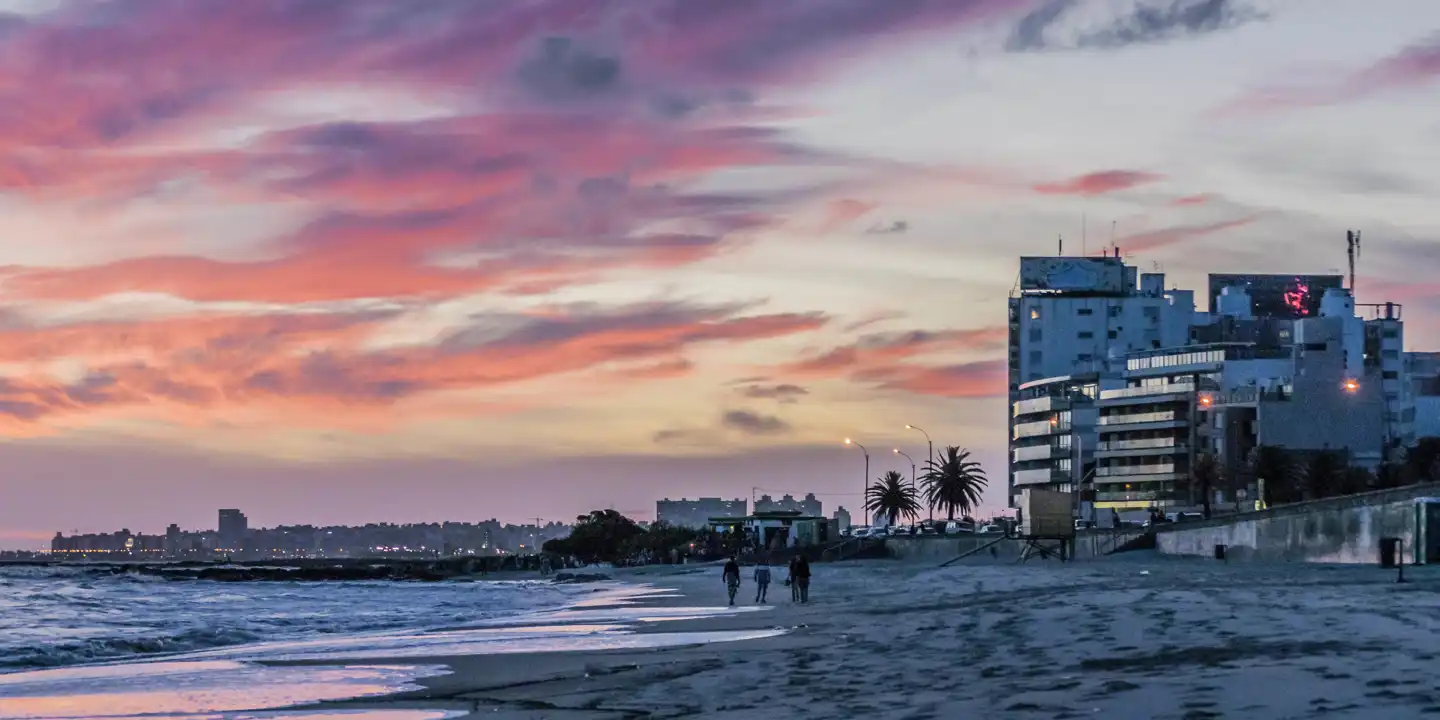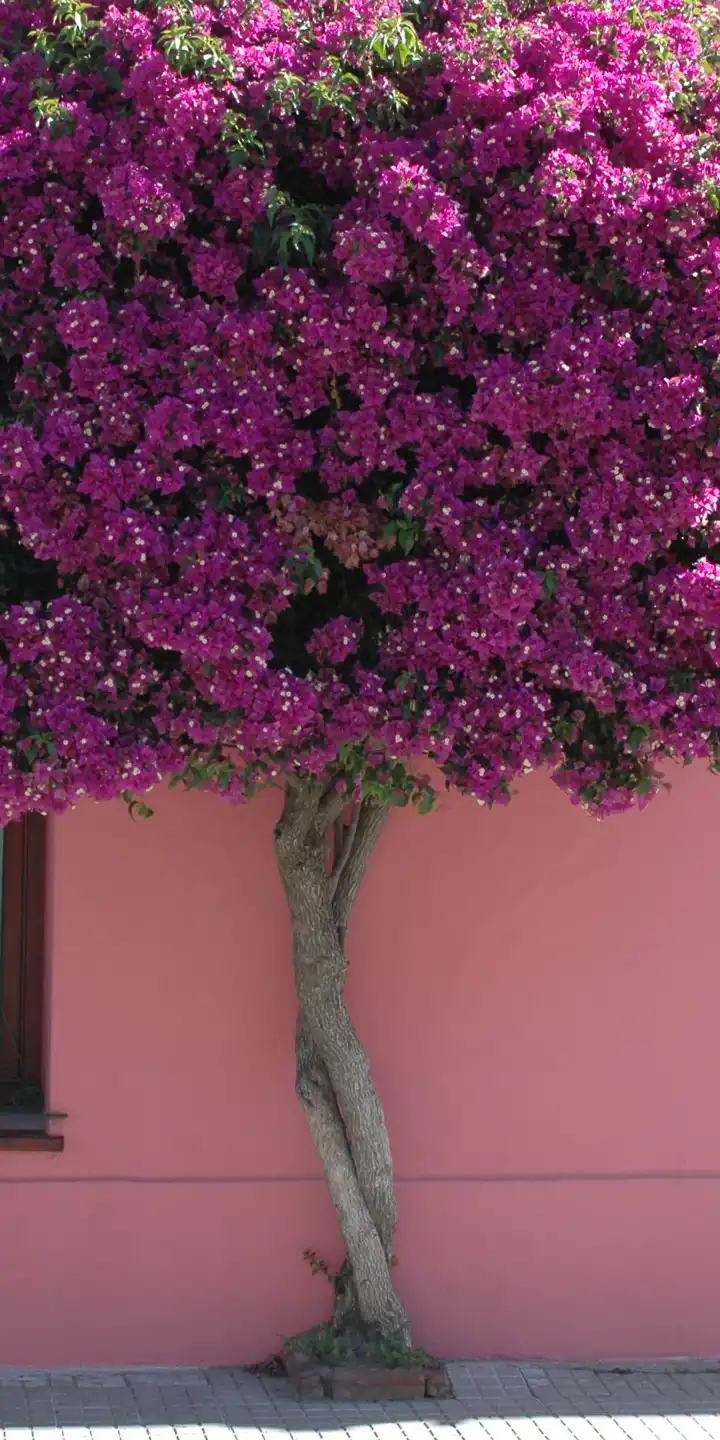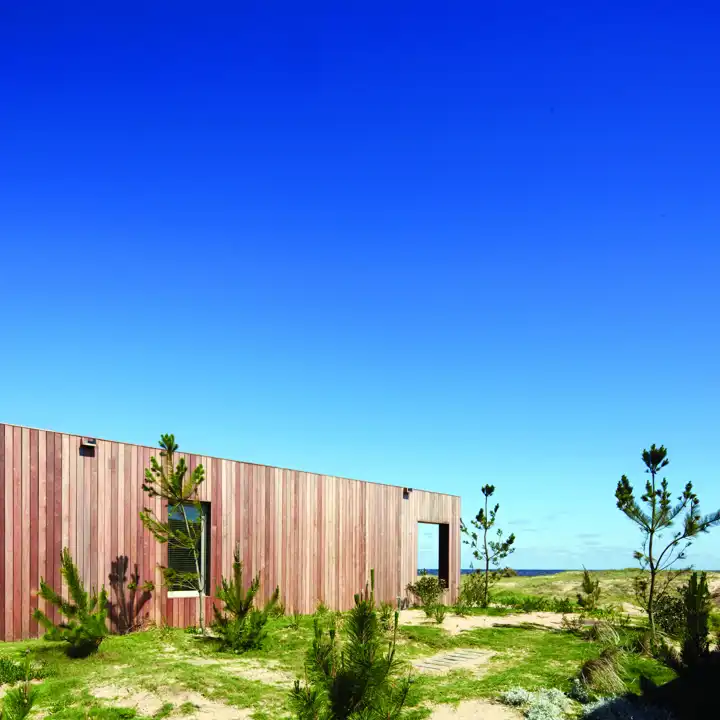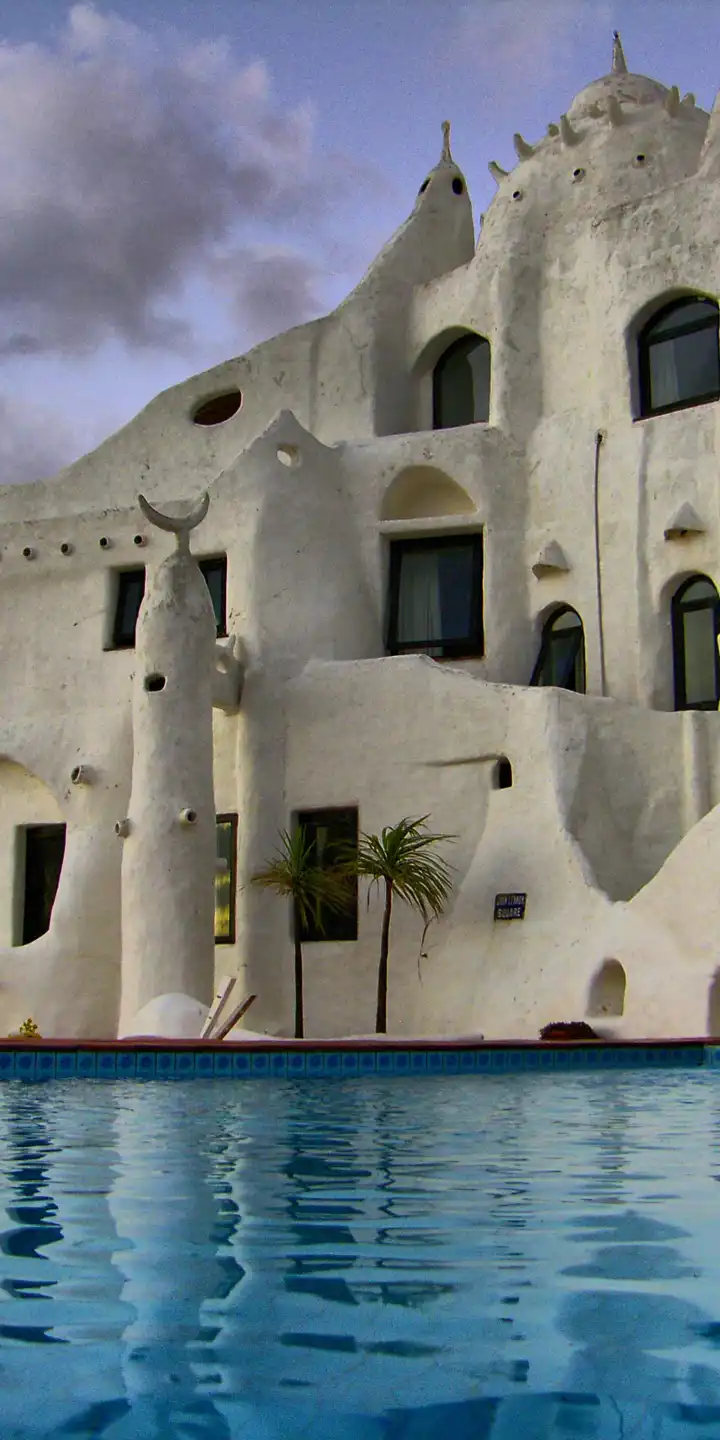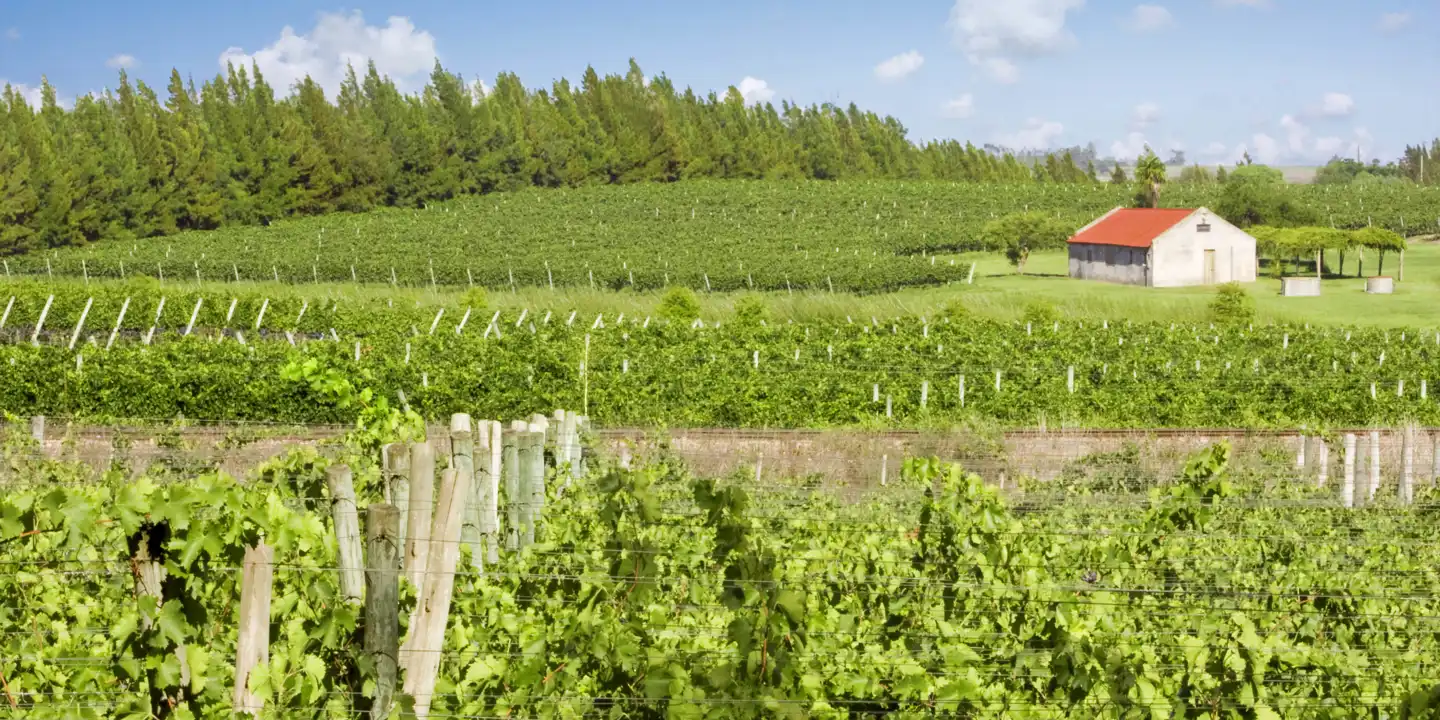Uruguay
Unabashed Luxury, Stunning Beaches, and Delectable Cuisine
Uruguay
Luxury travel to Uruguay with Ker & Downey promises fine cuisine, historical landmarks, stunning nature, and some of the best luxury accommodations on the planet.
The Gem of South America
Known as the gem of South America, Uruguay is an exciting country full of unique adventures, stunning beaches, and delectable food. With luxury travel to Uruguay, Ker & Downey travelers can explore the country’s many historic landmarks, bustling cities, and secret places. Indeed, there are so many delights that it may often feel difficult to know where to begin. That is where Ker & Downey can help.
True Exclusivity
Uruguay luxury travel with Ker & Downey promises the best of the country’s popular next door neighbors but without the crowds. For example, Uruguay enjoys the same tropical breezes as Brazil. However, its temperate climate creates cool winters and warm summers. It also challenges Brazil in beach offerings. Indeed, Uruguay’s many world famous beaches allow travelers to deep sea fish, boat, surf, or simply relax without worrying about other visitors. Additionally, some of Ker & Downey’s favorite waterside properties in Uruguay ensure the ultimate in pampering in exclusivity.
Culinary and Cultural Riches
Uruguay also shares many cultural similarities with Argentina. Luxury travelers to Uruguay will appreciate the many traditional asados and Yerba mate tastings available. Of course, there is also tango which originated in both Buenos Aires and Montevideo in the late 19th century. Then there is the wine… Uruguay’s Tannat wine, while lesser known internationally, frequently challenges Argentina’s Malbecs in flavor and profile.
Experience Uruguay Luxury Travel with Ker & Downey
Luxury travel to Uruguay promises unabashed luxury, vibrant cultures, award-winning wines, and magnificent natural splendors. Talk to your Ker & Downey travel designer to create your own Uruguay luxury travel itinerary.
Uruguay makes an ideal add-on to a larger South American tour. It pairs particularly well with Argentina with the easy ferry access from Buenos Aires to Montevideo and Colonia del Sacramento. However, Uruguay is also a standalone destination that satisfies any traveler’s wish list. Check out our suggested itineraries to Uruguay and then let us begin to help design something unique and special – just for you. Contact Ker & Downey today to begin planning.

